Watching a cat stare intensely at birds might seem like the most predictable behavior in the feline playbook. After all, cats are hunters, right? Yet this mesmerizing window theater reveals layers of complexity that go far beyond simple predatory drive.
From pure entertainment to territorial surveillance, cats engage in bird watching for surprisingly diverse reasons. Some chase the thrill of movement without any intention to hunt, while others find themselves caught in fascinating emotional states that have little to do with catching prey. Let’s explore the unexpected world of feline bird watching and discover what’s really going on behind those focused eyes.
Pure Entertainment and Mental Stimulation

When your fluffy friend is feeling bored out of its mind, it could indeed stare at birds without making any attempts to hunt them. In other words, it’s just a way for the cat to entertain itself from afar without engaging in any activities. Think of it as nature’s television for indoor cats. Watching birds can offer mental stimulation for indoor cats, preventing boredom by providing entertainment and engagement. This mental stimulation is vital for indoor cats, ensuring they remain content and satisfied in their environment.
Unlike hunting behavior, entertainment-focused bird watching appears remarkably relaxed. In general, cats feel happy and interested when they look at birds. Our fluffy friends often view the chirping creatures as easy prey. The difference lies in body language – cats watching for fun often maintain a calm posture, while hunting-focused cats show obvious tension and preparation behaviors.
This type of casual observation serves as environmental enrichment, especially valuable for cats living entirely indoors. It reduces boredom, encourages exercise, provides mental stimulation, and has a calming effect, reducing anxiety and stress. Birdwatching keeps cats mentally stimulated and helps reduce boredom and anxiety.
Territorial Monitoring and Jealousy
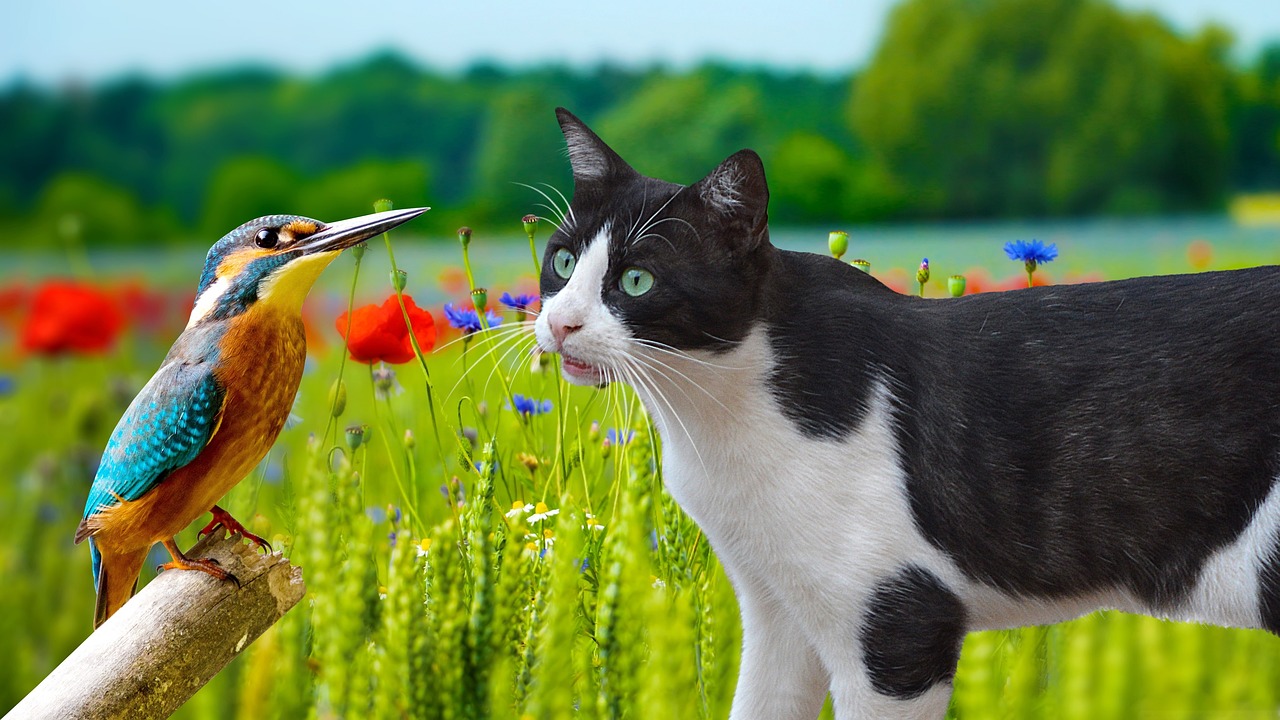
Cats are known for their territorial behavior, always on the lookout for potential threats or intruders. Watching birds from a safe distance allows cats to survey their surroundings and keep a close eye on any suspicious activity. This isn’t about hunting at all, but rather about maintaining awareness of their domain.
It’s possible for your pet to be jealous of the birds because they get to play in the bird bath or roam the branches in your yard freely. It’s also possible for your kitty to get angry if it thinks the harmless birds are invading its territory. This emotional response reveals cats as more complex creatures than simple predators.
Some cats genuinely seem envious watching birds enjoy freedoms they cannot access. By observing birds from afar, cats can monitor their territory and ensure that no unwanted guests are trespassing on their turf. The intensity in their gaze often reflects protective instincts rather than hunting desire.
Fascination with Movement and Visual Stimulation
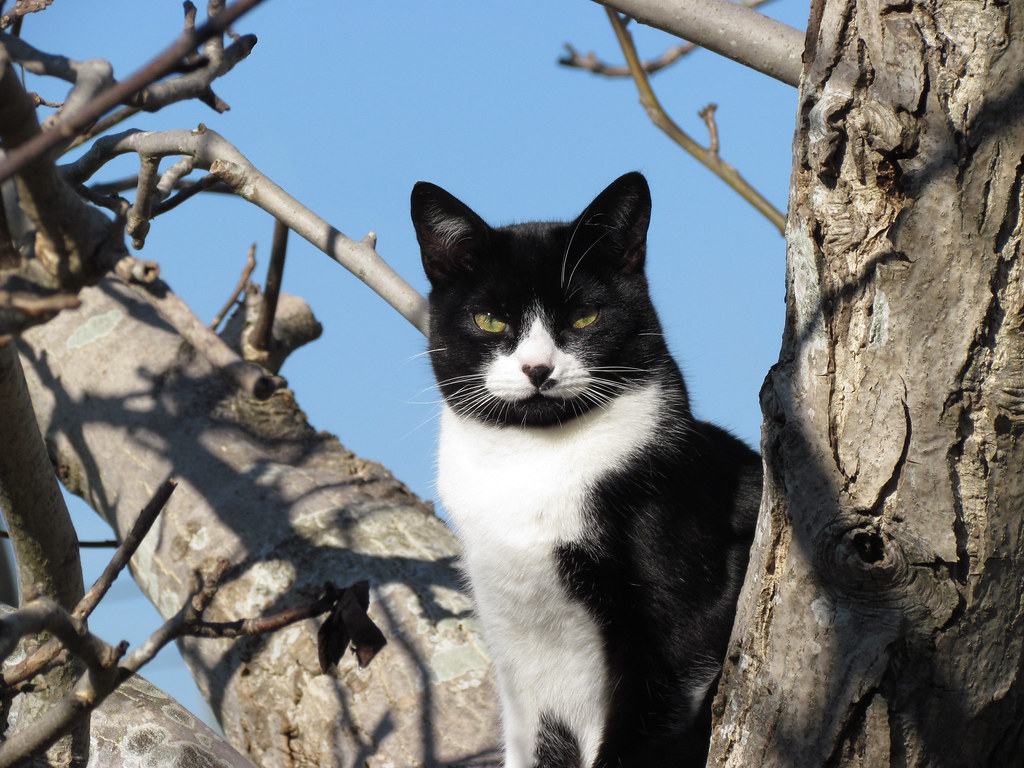
Their quick movements and erratic flight patterns stimulate a cat’s tracking and stalking skills. Additionally, the high-pitched sounds birds make – whether it’s chirping, squawking, or singing – draw a cat’s attention. This combination of visual and auditory stimuli creates an engaging spectacle that cats find hard to resist. However, this attraction doesn’t always translate to hunting intentions.
Felines tend to love observing anything in rapid motion. Birds represent the perfect visual entertainment with their unpredictable flight patterns, sudden directional changes, and constant activity. Cats often become mesmerized by these movements without any predatory motivation.
The sensory experience alone can captivate cats for extended periods. Their quick movements and erratic flight patterns stimulate a cat’s tracking and stalking skills. Additionally, the high-pitched sounds birds make – whether it’s chirping, squawking, or singing – draw a cat’s attention. This creates a multi-sensory experience that engages cats on levels beyond basic hunting drive.
Exercise and Physical Activity
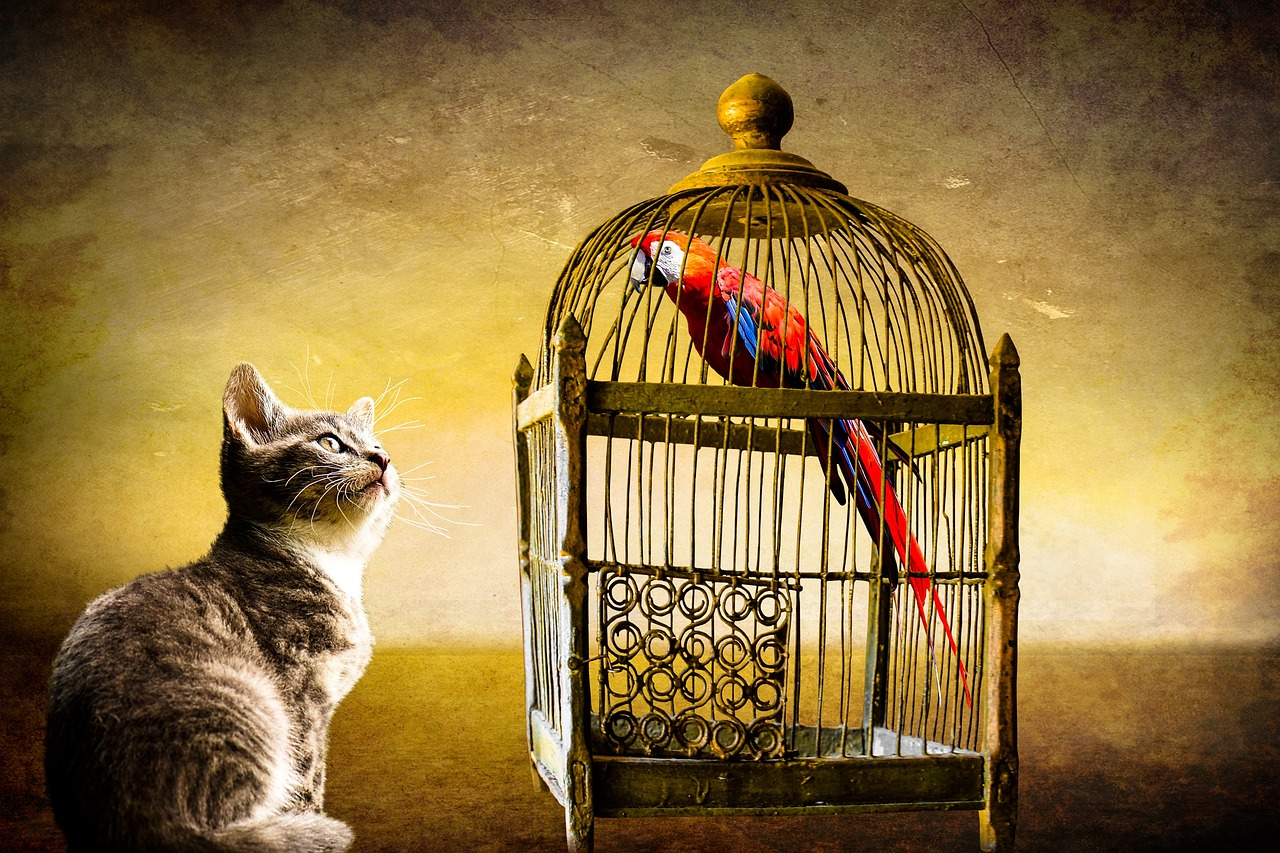
A clear benefit of this is entertainment, something to see and do that isn’t lying on the floor being bored. There’s also an exercise element as she runs from one vantage point to the next to follow a rabbit across the yard, for example. Many cats treat bird watching as a form of indoor athletics, moving between windows and perches to track avian activity.
This physical engagement provides necessary movement for indoor cats who might otherwise lead sedentary lives. It stimulates their senses, encourages physical activity, and can even reduce stress. Cats engaged in bird watching are often more active, curious, and mentally stimulated.
The exercise component becomes particularly important for cats without outdoor access. Rather than hunting, they’re participating in a form of interactive entertainment that keeps their bodies active. There’s also an exercise element as she runs from one vantage point to the next to follow a rabbit across the yard, for example.
Chattering – Communication, Not Hunting Preparation
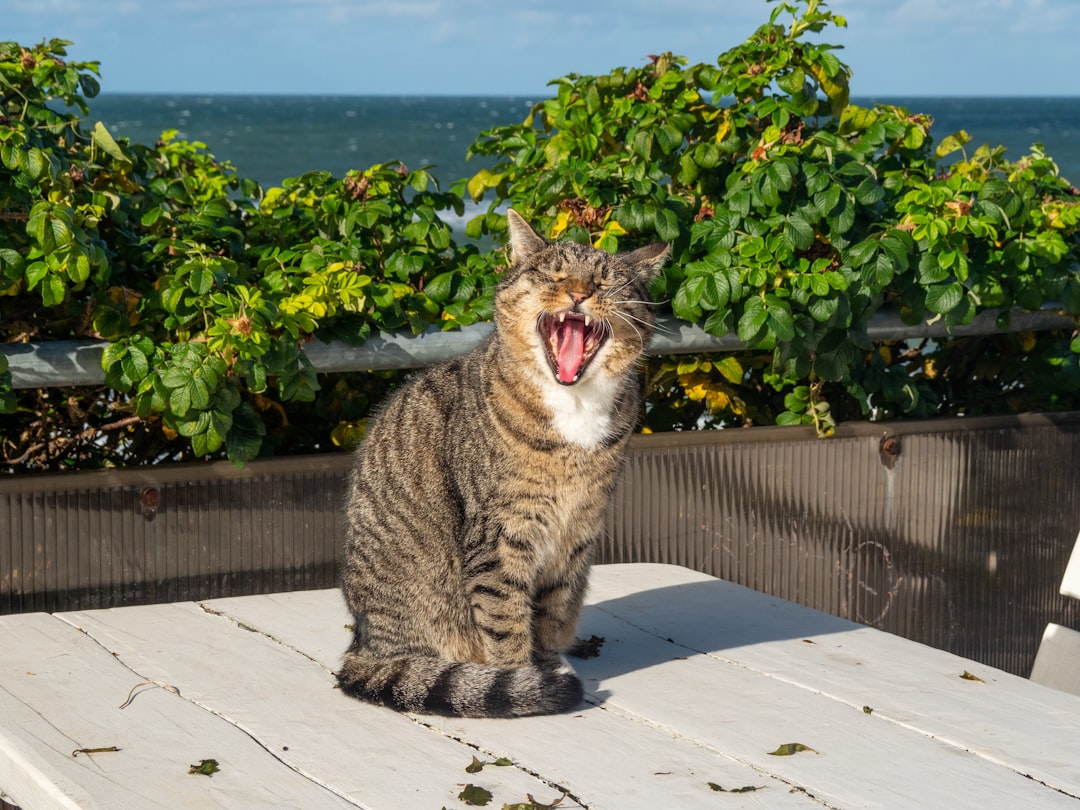
One common behavior seen in cats observing birds is “chattering.” Some suggest it’s a manifestation of excitement or frustration due to the inability to reach the bird. Others believe it mimics the sound of a bird’s call, potentially lulling the prey into a false sense of security. Yet recent research suggests chattering might serve entirely different purposes.
Village Vets explains that chirping signals hunting opportunities between cats, and “even those who are the only cat in the household may participate in this behavior because they see you as one of their fellow cats instead.” This indicates communication rather than hunting preparation.
Some experts propose that chattering represents a form of prey mimicry for strategic purposes. Then, there’s the MIMICRY theory. Cats may be lulling their prey into thinking they’re not a threat by imitating familiar sounds. Rohe theorizes that all cats may be able to copy the vocalizations of their prey. However, this behavior often occurs when cats have no actual hunting opportunity, suggesting alternative motivations.
Frustration and Emotional Expression
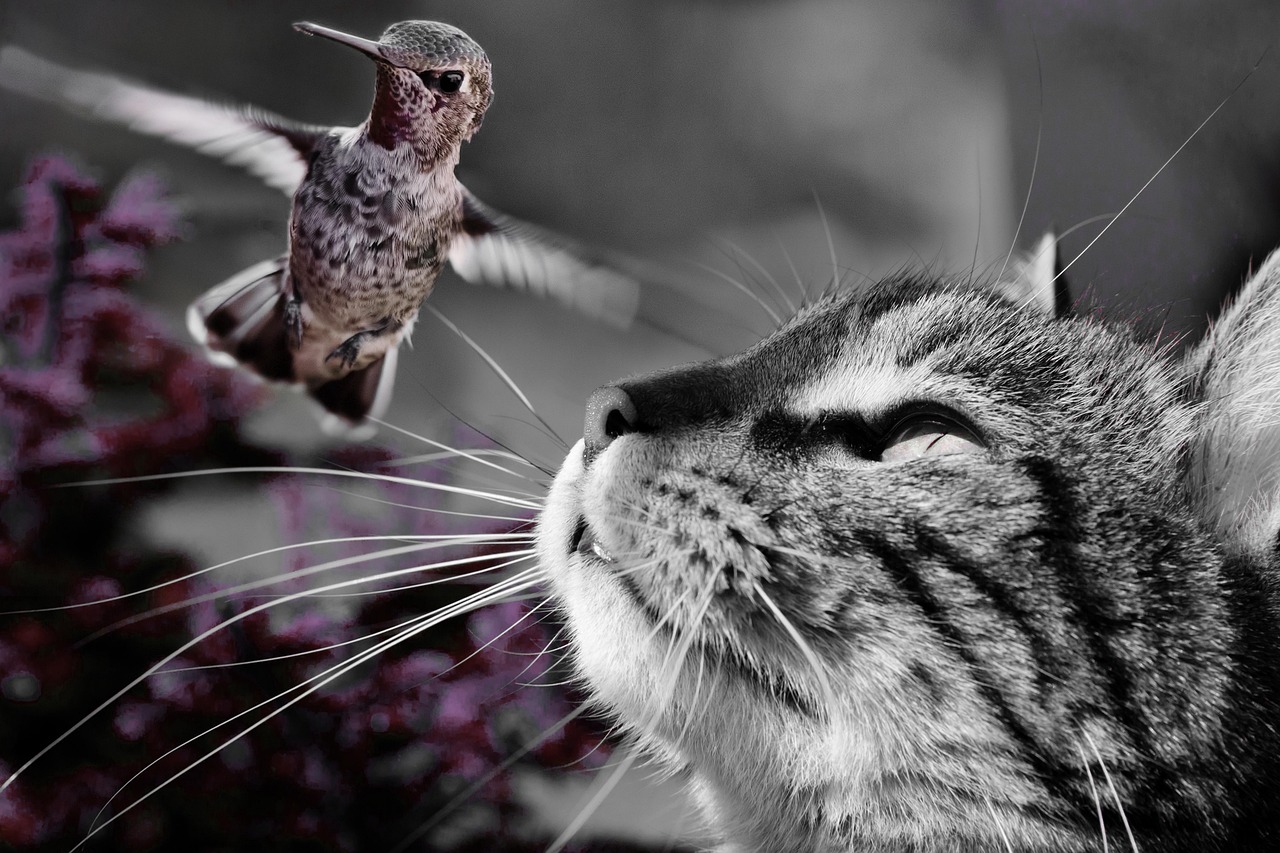
But you can’t. That’s the experience we offer our cats when we play bird videos for them – a frustrating hunting experience that never results in a catch. However, not all bird watching leads to frustration. I’ve heard pet owners express concern before that cats get frustrated at being unable to catch prey, but the thing is, they should be able to deal with the frustration because it’s natural to be unable to catch prey a large percentage of the time. In the wild, all predators often fail to catch prey, sometimes more often than they succeed.
Many cat owners report their pets seem genuinely content watching birds without showing signs of distress. I don’t think they frustrate them at all. They never seem upset that they can’t get out there. This suggests cats can differentiate between entertainment viewing and actual hunting opportunities.
“Chattering might be caused by neurotransmitters, such as dopamine, as well as the hormone cortisol/adrenaline that is released into the system,” Krieger says. “If a pane of glass separates a cat from its prey, the chattering at the window may also indicate pure frustration of not being able to readily reach the prey,” Krieger adds. Joy: Some cats might chatter when simply playing.
Social Bonding and Shared Experience
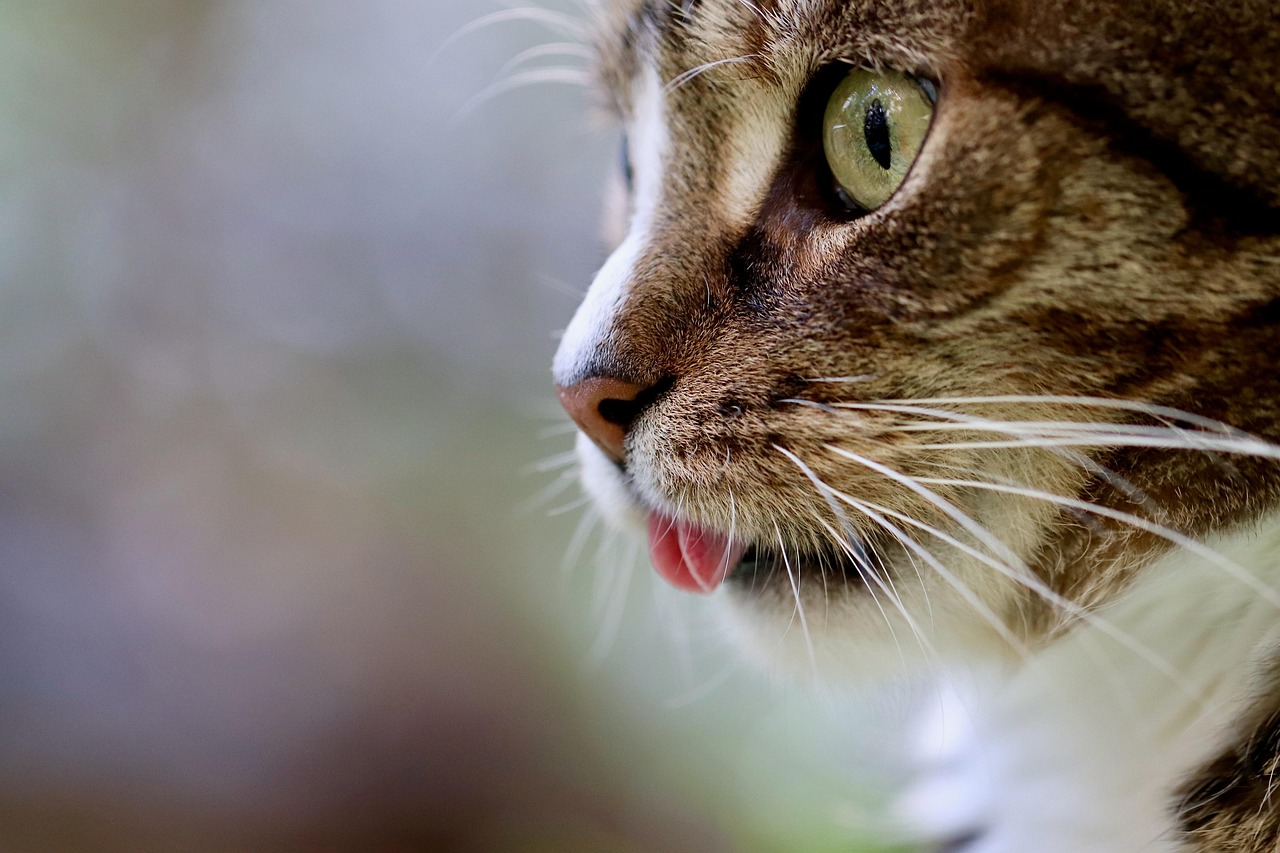
Interestingly, bird watching often becomes a shared experience between cats and their human companions. Many cats actively seek to include their owners in bird watching sessions, positioning themselves where humans can observe alongside them. This suggests social motivation beyond individual entertainment.
Village Vets explains that chirping signals hunting opportunities between cats, and “even those who are the only cat in the household may participate in this behavior because they see you as one of their fellow cats instead.” This reveals how cats might view bird watching as a community activity rather than solitary hunting preparation.
The social aspect becomes particularly evident when cats seek human attention during bird watching episodes. Some cats chirp simply to communicate, especially with their owners. It’s a more subtle form of communication than a typical meow or purr, and it may indicate a desire for attention, play, or even affection. They appear to want to share their discoveries and excitement with their human family members.
Learning and Curiosity
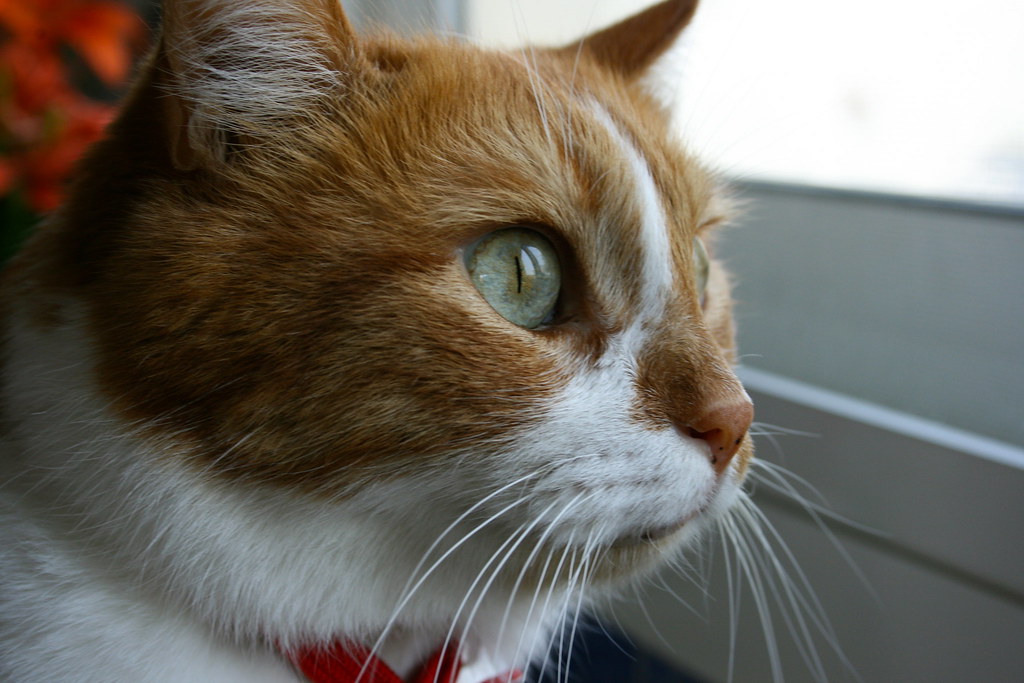
Watching birds allows cats to engage in a behavior that taps into their predatory instincts without actually having to hunt them. This creates a safe learning environment where cats can observe prey behaviors, flight patterns, and survival strategies without the pressure of actual hunting success or failure.
Young cats particularly benefit from this observational learning. The act of watching birds serves as a simulation for hunting, offering a thrill without the necessity of physical pursuit. Cats experience a surge of adrenaline and excitement while observing birds, mimicking the thrill of a potential chase without leaving the comfort and safety of their home.
This educational aspect helps cats maintain their natural behavioral repertoire even in domestic settings. For indoor cats, bird-watching serves as a crucial form of environmental enrichment. It provides mental stimulation, helps prevent boredom, and allows them to express natural behaviors in a safe setting. The learning component satisfies intellectual curiosity alongside instinctual drives.
Conclusion
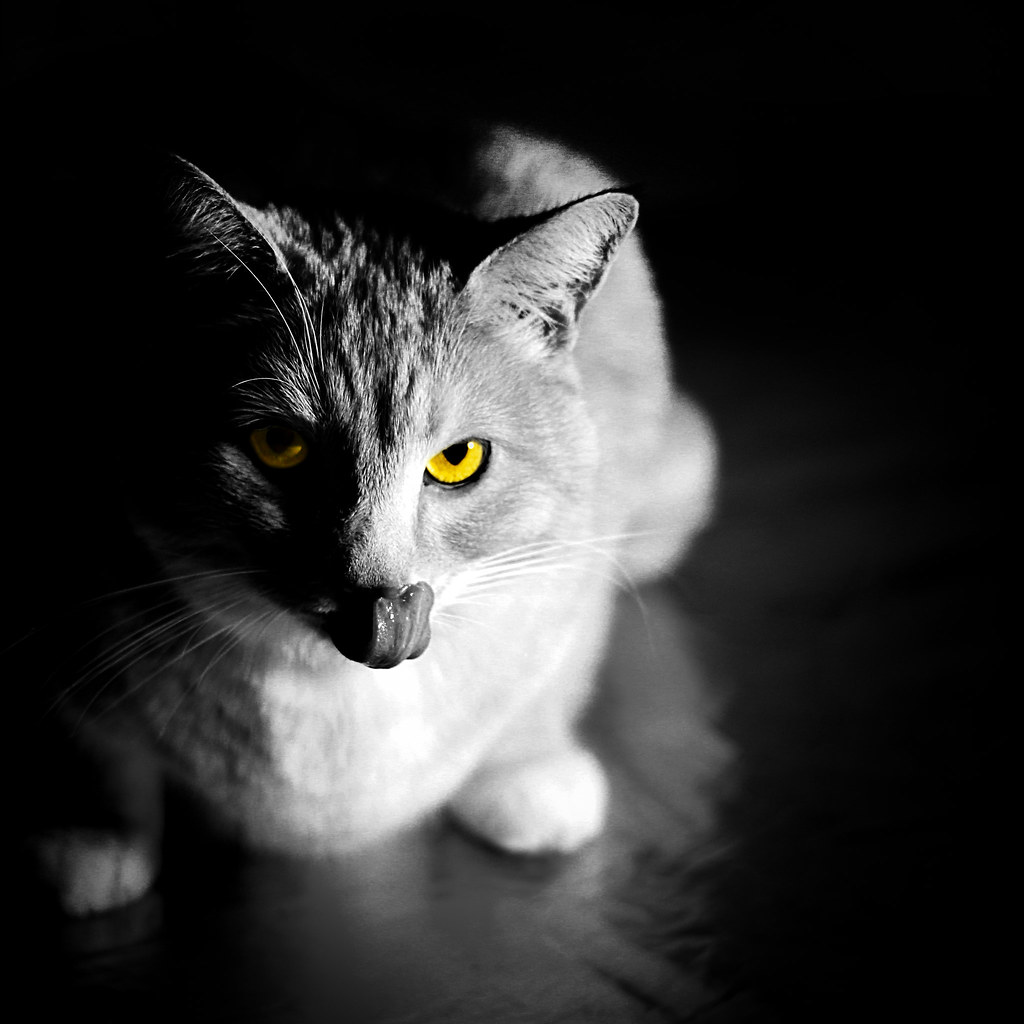
The next time you catch your cat intensely watching birds, remember that a complex emotional and behavioral landscape exists behind those focused eyes. While hunting instinct certainly plays a role, cats engage in bird watching for entertainment, territorial monitoring, social bonding, exercise, and pure intellectual curiosity. This multifaceted behavior reveals our feline companions as far more emotionally and mentally sophisticated than simple predatory machines.
Understanding these diverse motivations helps us better appreciate our cats’ rich inner lives and provides insight into creating more fulfilling environments for them. Whether your cat chatters excitedly or sits in silent observation, they’re participating in a deeply meaningful activity that connects them to both their wild heritage and domestic present. What do you think motivates your cat’s bird watching sessions? Share your observations in the comments below.





